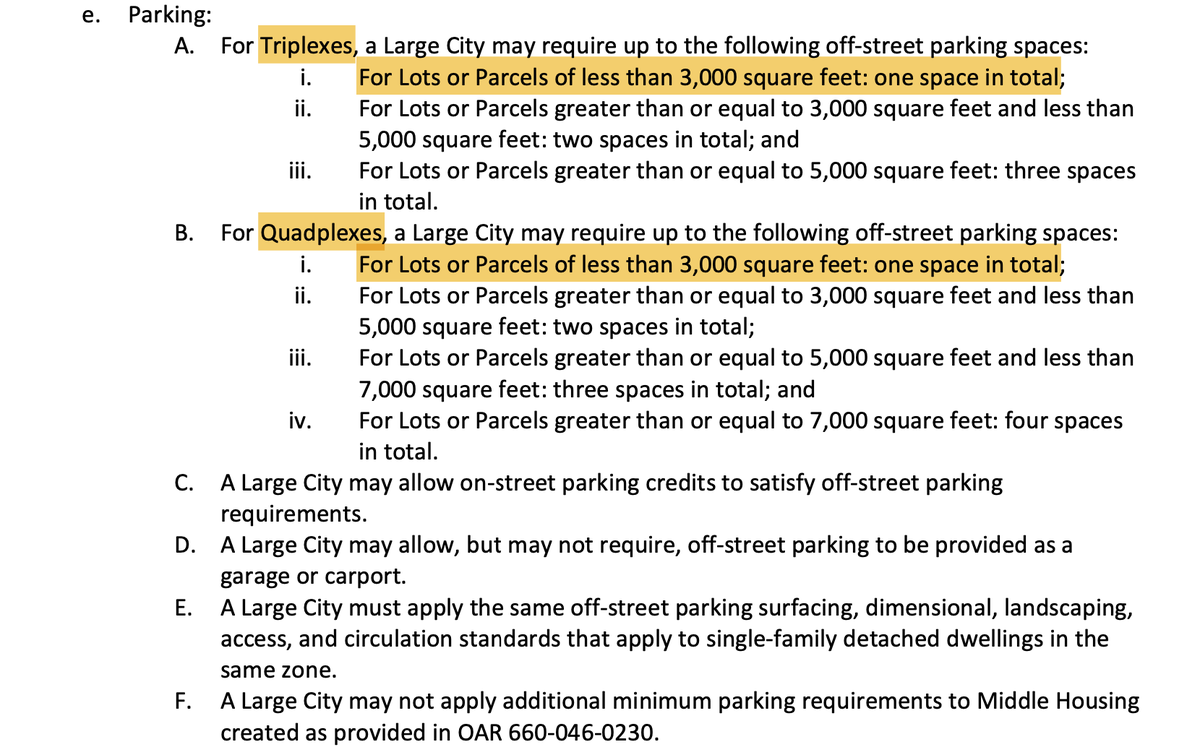
A serious question for @DeanPreston and others: How can city do value-capture rezoning while also ensuring that the required public benefits (fees, IZ, etc.) don't drive redevelopment value of sites below value of existing uses? 1/5
https://twitter.com/DeanPreston/status/1353222145048895491
What makes this such a tough nut to crack is that the value of existing uses varies a lot across sites in older cities, and market conditions (prices & rents, construction costs) are in flux. 2/5
Here are three possible solutions:
(A) Replace exactions, impact fees, and IZ with a land-value tax. Great in theory, but foreclosed in California by Prop. 13. 3/5
(A) Replace exactions, impact fees, and IZ with a land-value tax. Great in theory, but foreclosed in California by Prop. 13. 3/5
(B) Replace exactions, impact fees, IZ with an auction of the right to build in a newly upzoned area, & give some of the allowances for free to nonprofit BMR developers. Legally defensible, but significant startup costs. 4/5 scholarlycommons.law.case.edu/cgi/viewconten…
(C) Entitle developers to a waiver of fees, etc., if they can show that total cost of "fees & features" required by city makes redevelopment less profitable than existing use of their site. Would be cumbersome to administer; developers might fudge their numbers. 5/end
• • •
Missing some Tweet in this thread? You can try to
force a refresh








